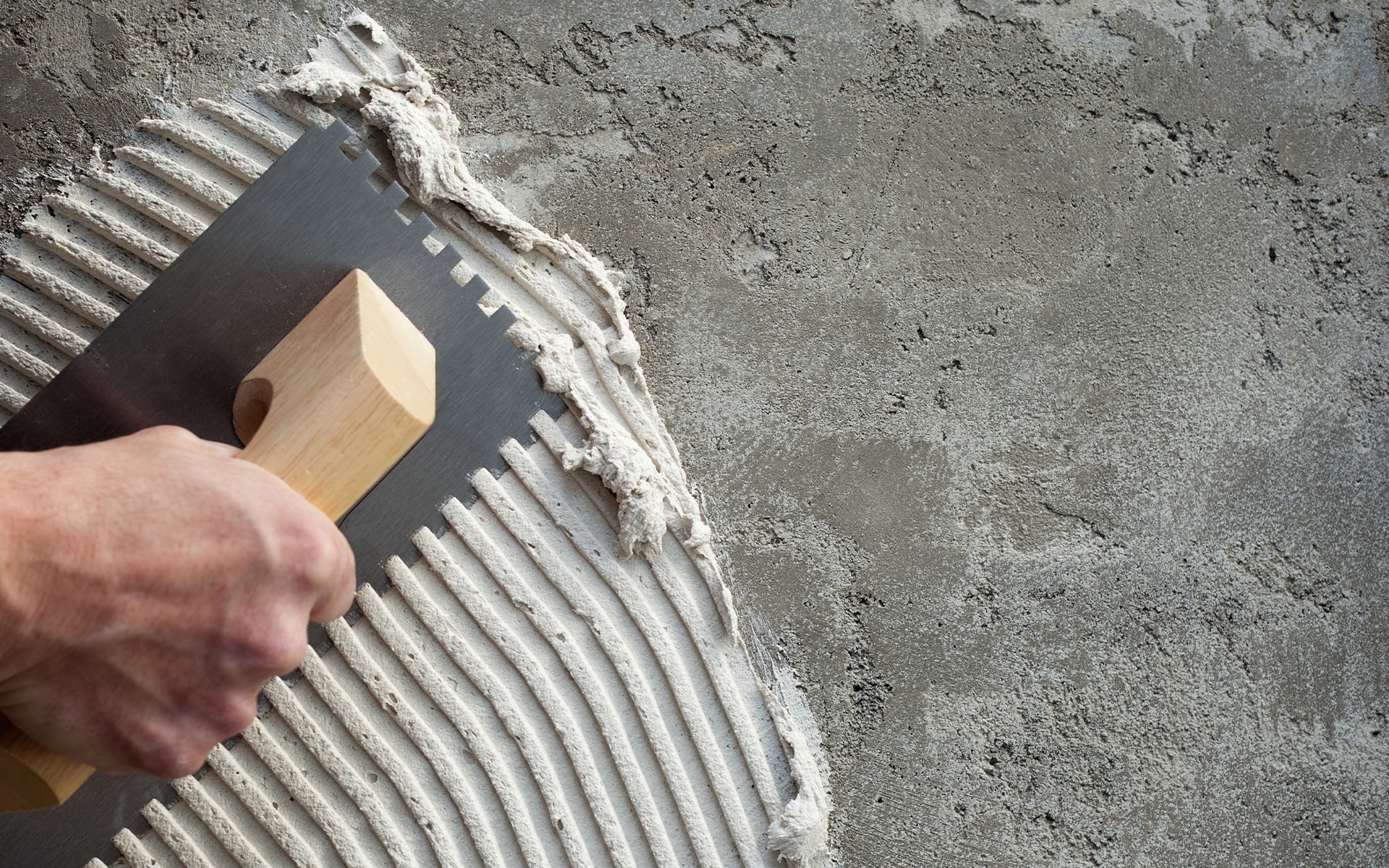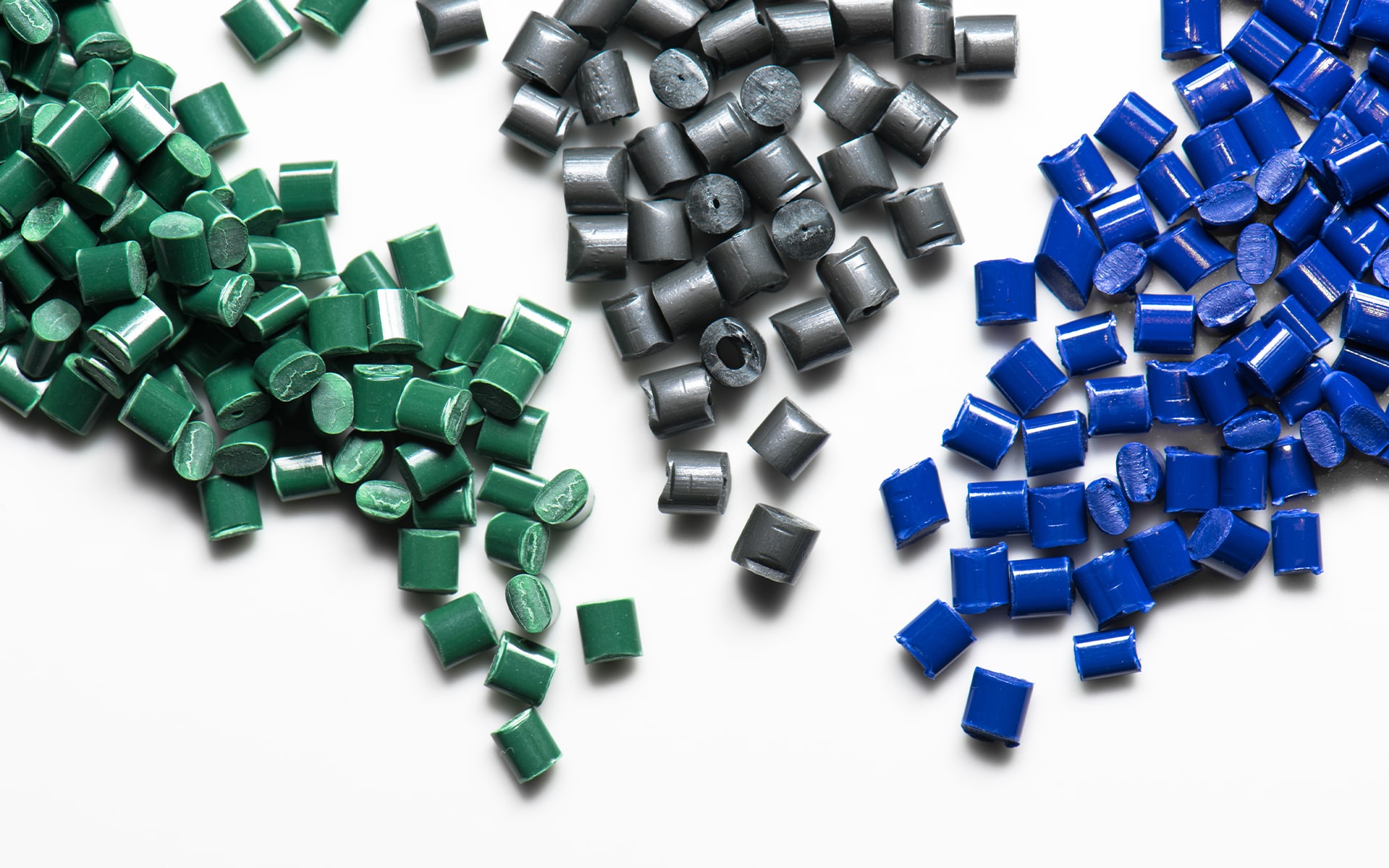

Linen made from flax fibre was virtually replaced by cotton in the 19th century, but it is regaining importance as an ecological natural fibre. Like hemp, flax belongs to the family of bast fibres. According to the literature, the raw flax fibres are 9–70 mm long and have an average fibre diameter of 19 µm. Flax has a cellulose content of 65–70 % and, compared to hemp, is characterised especially by its low natural lignin content. As with other natural fibres, the components also include hemicelluose, pectins, waxes and minerals. Flax fibres are mainly used in textiles in the form of linen. Additional areas of application with increasing demand are for insulating materials and fibre-reinforced plastic composites. Due to the favourable CO2 balance, they provide a large, sustainable substitution potential for glass fibres.

Advantages

Disadvantages
Like hemp, flax fibres can be divided into the traditionally produced long fibres and the short fibres produced in modern plants for technical purposes. Producing the long fibres requires them to be laid out in parallel on the field and dried. Drying and infestation by microorganisms causes the lignin and hemicellulose to degrade, which loosens or weakens the bond between the fibres and the matrix tissue. After retting, the material is cleaned in scutching mills through a series of mechanical treatment processes. Parallel positioning of the fibres during processing is of great importance. In contrast to long fibres, short fibres can also be produced from random layers of the retted raw material.
Fibre Filler
8
Types
Short Cut
1
Type
![[Translate to English:] STW Musterbox mit Produktbeispielen](/fileadmin/user_upload/Musterbox_teaser.png)
Contact our fibre experts and discover our extensive STW sample box with numerous raw material samples, personally tailored to your needs and requirements.
State-of-the-art laboratory facilities, quality management according to ISO 9001:2015, energy management according to ISO 50001:2018 and last but not least the high demands on our own work ensure the high quality standards of our Flax fibre. See for yourself.
If you want to know more about the technology and quality of our Flax fibre If you want to know, just get in touch with us. We would be happy to advise you comprehensively and help you with our know-how.
You are looking for the perfect Flax fibre for your application or have an exact requirement profile, which the used Flax fibre must fulfill?
Then you are exactly right, as a technology leader in the field of fibre development and production, we offer you individual solutions and manufacturing processes that ensure constant and reproducible fibre quality.




